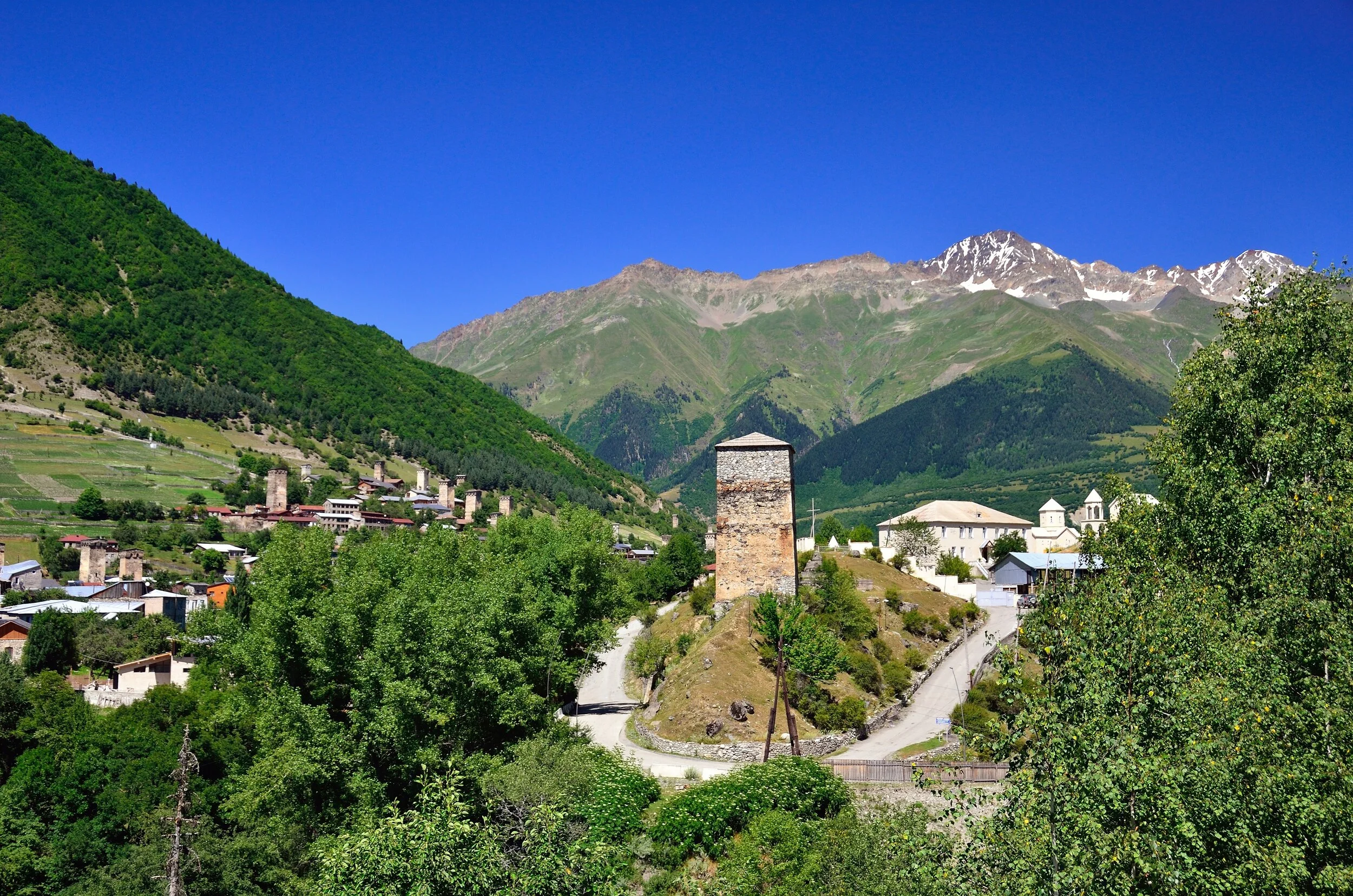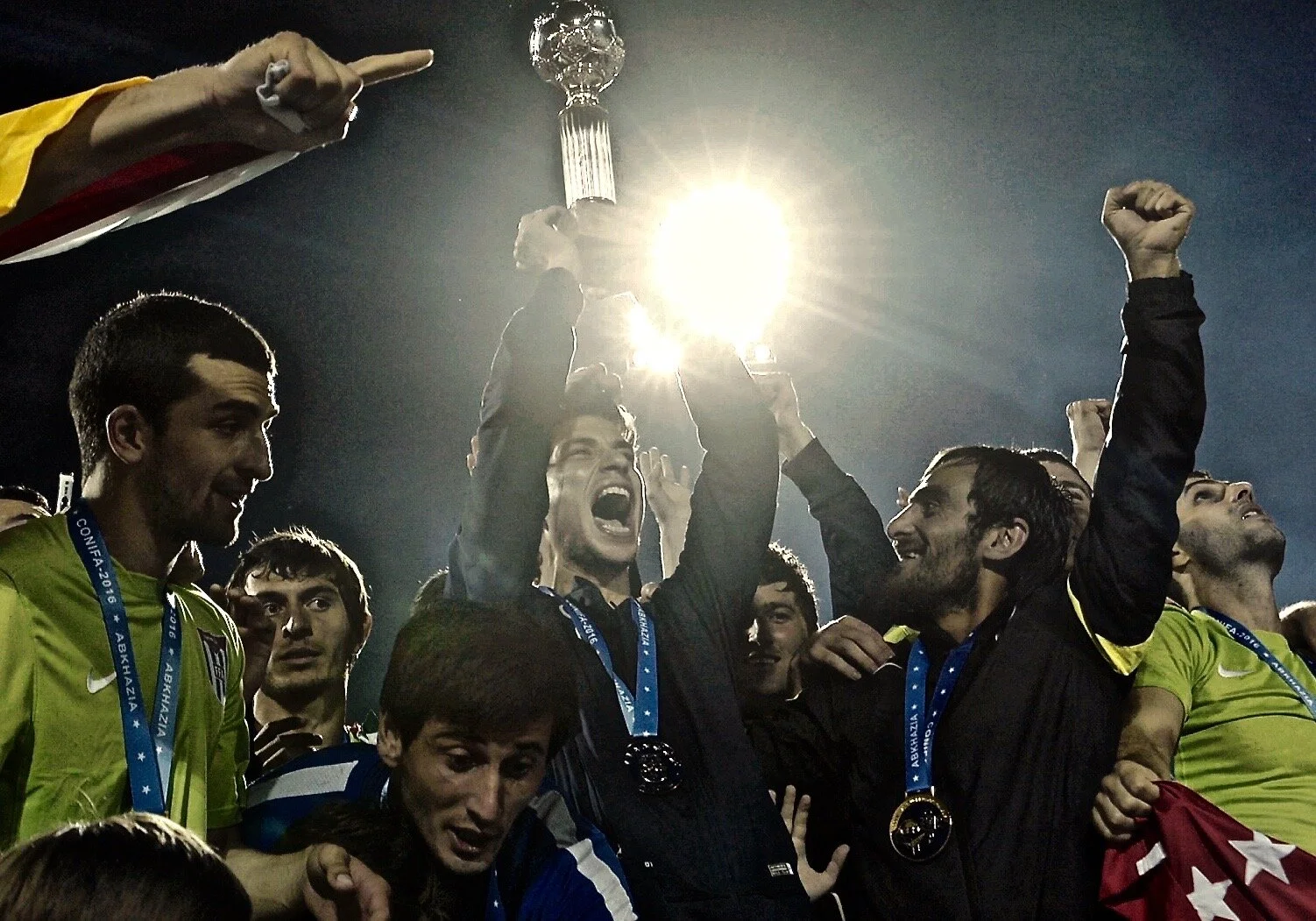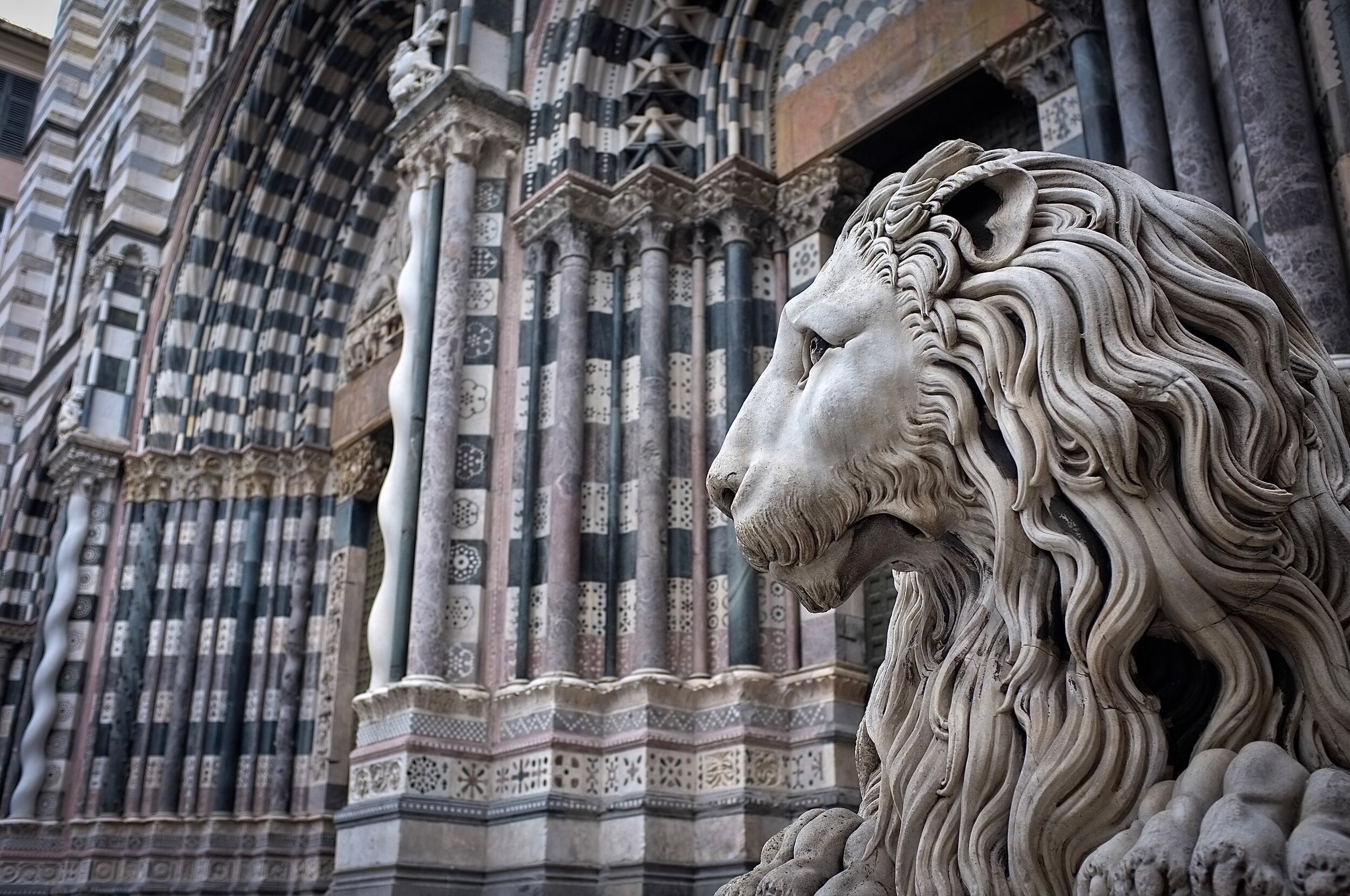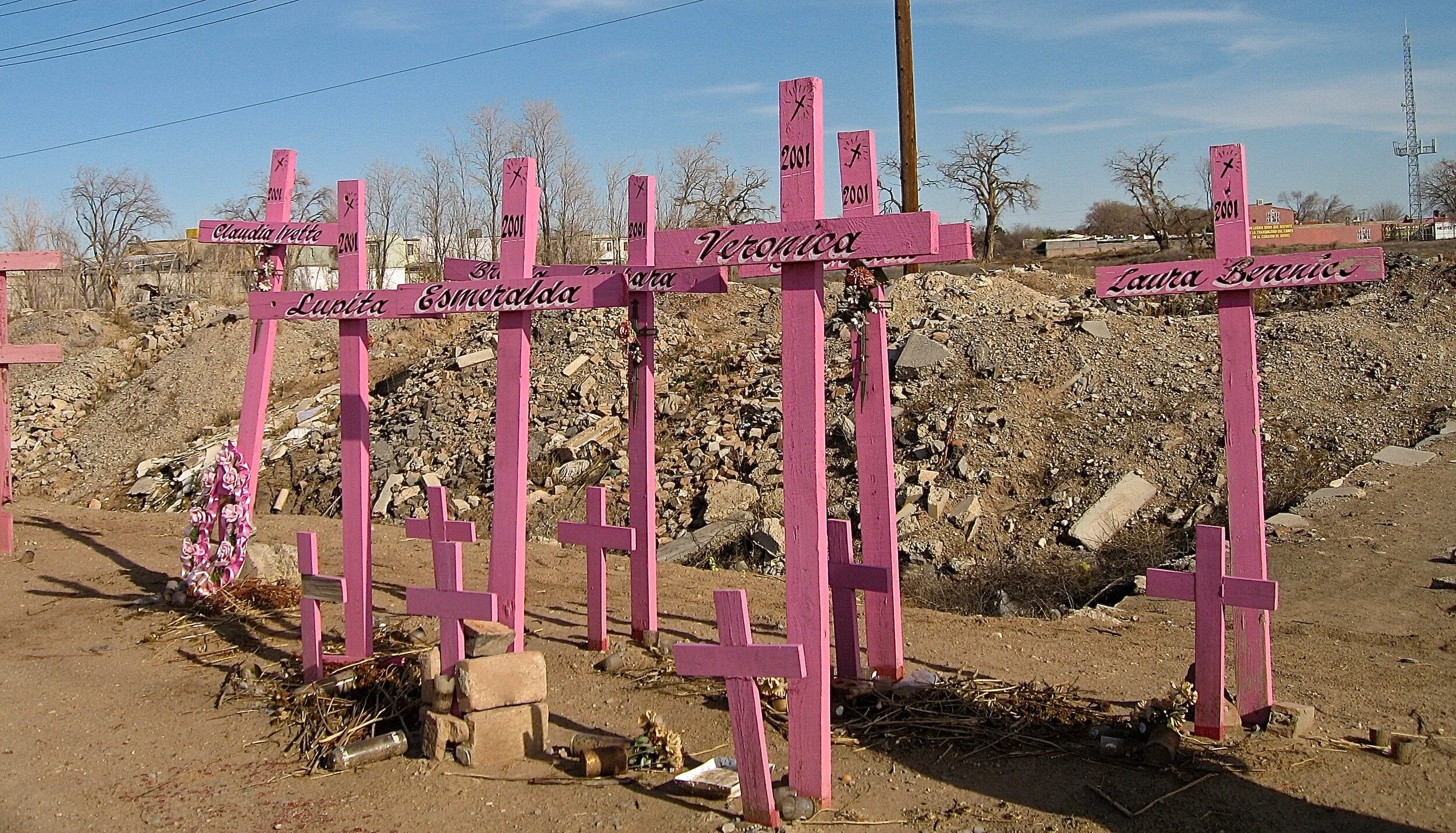PERIOD DRAMA
Horse-trekking with the Svans in the Upper Svaneti
World Nomads 2019
“Stop trying to lead him. I don’t care if you’ve ridden before. He knows the way – you don’t. If you think you know better, why don’t you carry him?”
I bet he says that to all the boys. When you’re a professional boor hurling crap at the backs of your clients is a perk of the job, I guess. I was doing no such thing, by the way. I hadn’t been on a horse in five years, and despite his cloudy eye, careworn expression and tendency to stop and write his memoirs every ten paces, I was happy to let my gentle, docile steed go his own way over the rocks.
Not least because the horse, a heavy-set grey-brown kabarda, a type bred for altitude and endurance, was no anachronistic indulgence, but the only way to get to where I wanted to go in the largely roadless Upper Svaneti. Besides, we got along just fine.
The Upper Svaneti, a region of northern Georgia situated on the southern slopes of the Greater Caucasus mountains, has all but cornered the market in rugged-scenic. There’s simply no preparing for the views. Imagine if Cecil Beaton had done the set design for The Sound of Music, with actual scenery.
With serrated peaks left, right and centre, I was riding along the Ckhutnieri Pass, about 2,700m above sea level, saddlebags stuffed with snacks prepared by my guide’s mother: khinkali, spiced lamb dumplings; khachapuri cheese bread, made with guda, a pungent sheep’s milk cheese that is aged in sheepskin; and pkhali deep-fried balls of veg, herbs and ground walnuts. It all tasted so good I’d have been willing to bet her son wasn’t a blood relative.
Our trek had begun the day before, in Mestia, a townlet of some 2,000 people and the “capital” of the region. We were labouring towards the Unesco World Heritage Site of Ushguli, a community of four villages at the head of the Enguri gorge, where we would overnight, and the Shkhara glacier (the plan was to scale it, and ice picks and crampons had been packed to that end, but when I saw her, dazzling from deep within, as though she were about to give birth to the sun, I decided to not stamp across her face).
I was also there to meet the Svans, the sons and daughters of this demanding landscape. I had long been fascinated by them, a fiercely independent, unconquered people with customs going back a couple of thousand years and their own language, which, along with Georgian, Mingrelian and Laz, belongs to the Kartvelian family (with no known relatives, Kartvelian is one of the world’s primary linguistic families).
The words used to describe the Svans – “atavistic”, “intransigent” – are generally applied to defunct civilisations on museum walls or feared adversaries in sword and sorcery fiction. And there was something fantastical about my time in the saddle in the Upper Svaneti. I plodded through half a dozen small settlements with early-medieval foundations, which were built big, with six-storey koshki, or tower-houses, and other fortifications, to repel invaders. In tiny Adishi, there are four churches, dating from the 10th to the 14th century, which contain frescoes, bas-reliefs and hammered silver icons of surpassing artistry. But then the remote highland village was considered a place of safety, and the Svans reliable caretakers, at times of ransack – it was to Adishi that Tamar the Great sent the oldest dated manuscript of the Georgian-language Gospels for safekeeping (it is now preserved in the Svaneti Museum of History and Ethnography in Mestia).







In Mestia, returned from my trek, I fell into conversation with Tariel, a self-styled “big city Svan” who had come up from Kutaisi (now a Ryanair destination) to see his cousin get married. He was swigging from a hip flask, which held chacha, a sort of Georgian grappa – this time flavoured with figs – that could power a small planet. Its potency was such that, by the time we parted, he had invited me to the following day’s nuptials, a generous offer that wasn’t his to extend.
The Svans are a famously superstitious lot who react to bad omens – especially imported ones – with hostility. My appearance at a sacred event, alongside Tariel, who his aunt told me was “a problem child” though he was well into his thirties, wasn’t something that either side of the wedding party appeared to welcome. Nonetheless, introductions were made.
It was rather special to watch Tariel’s face contort as he translated for me and his father (Tariel said he learnt English by watching the British TV sitcom Only Fools and Horses, and there was something in his wheedling manner that owed a debt to the show’s protagonist, Del Boy). I stuck to pleasantries, which the son related with a bland smile, proud of his “international friend”. His father, however, wanted to talk about an old blood feud with an Ushguli family, which began when an uninvited foreigner failed to honour basic etiquette at a wedding feast, serving himself third, and with the best cuts of meat, rather than last, with whatever was left. I suspected he was putting me on, and when I smiled, he smiled back. But he was certainly enjoying playing the forbidding patriarch, and cautionary tales don’t have to be drawn from life.
The ceremony and celebrations, which I watched from what I hoped would be thought a respectful distance, were a curious blend of the folksy-traditional and the decidedly pagan, with a bullock sacrificed to confer good luck on the union, and animal masking – bears, rams, birds of prey – in increasing evidence as the drink flowed more freely. The masks appeared to serve some ritual function, but no one enlightened me as to what it might be.
Tariel and I joined a party of Svans standing at a slight remove of their own. They were from the Kodori Valley, in what is now Abkhazia, which declared itself independent of Georgia in the early Nineties. Though Abkhazia is considered Russian-occupied territory by Georgia and is unrecognised by all but five of the member states of the United Nations, I was told there were no border controls in the mountains, nothing separating Svan from Svan. The senior of the group was the last to speak: “They can try, but we know this place better than anyone else, and we’ll be around long after they’ve gone.”
But development is coming, slowly but surely, and doubtless irrevocably. There are ski resorts at Hatsvali and Tetnuldi, both close to Mestia, with restaurants at lift stations promising panoramic views of Mount Ushaba. And Georgia plans to build a huge number of dams and hydropower plants, most of them in the Upper Svaneti. Yet with 85 per cent of national electricity needs already satisfied and exports not being taxed, these plans will benefit private investors first and foremost, and in some cases Svan communities will be uprooted from their ancestral lands to make that happen.
The future of Georgia has been looking increasingly European since 2011, when the country’s president Mikheil Saakashvili expressed a desire for it to become an EU member state, and in 2017 legislation came into effect allowing Georgian citizens to travel for short periods to most EU member countries. This year, the EU launched a project with the aim of bolstering Svan culture and improving quality of life in the Upper Svaneti. Whether its support of mountain tourism and organic food cultivation will line the pockets of the people who need it most remains to be seen.




